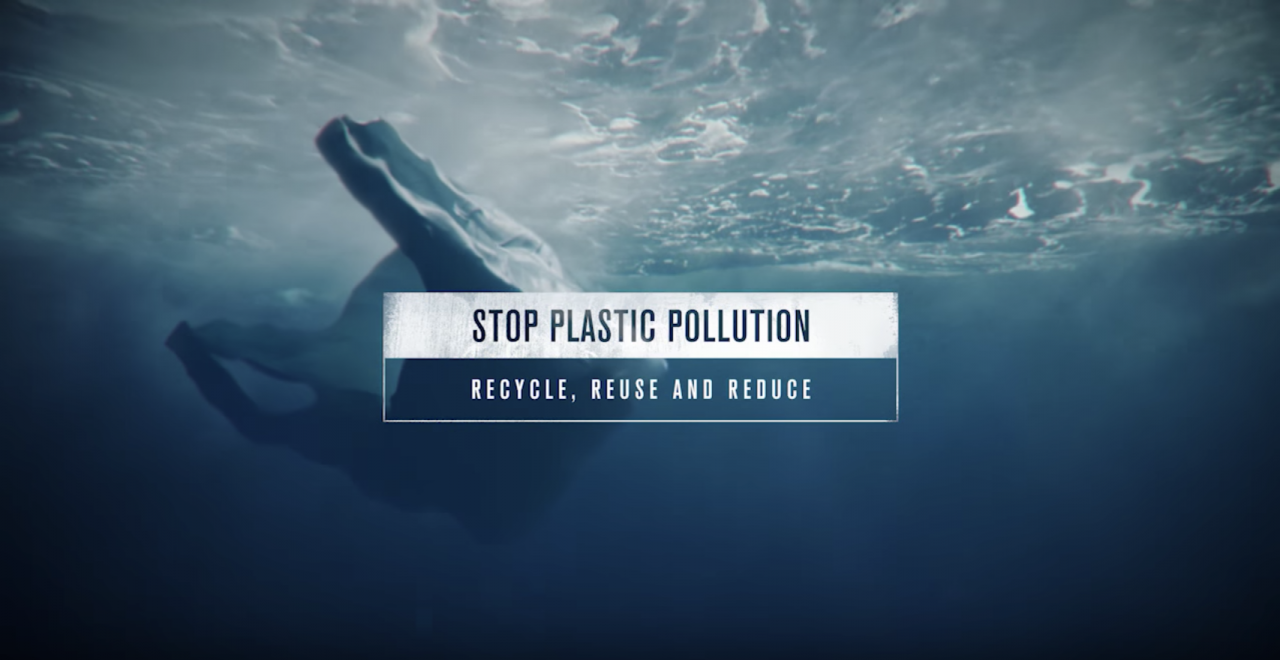Reducing electronic waste pollution thanks to technological advances in recycling is now possible! Statistics show that only 20% of waste electrical and electronic equipment (WEEE) is recycled. To remedy this problem, different technologies tend to be put in place. It is therefore time to take this problem seriously and combine technological advances and recycling.
Innovative processes deployed to optimize the recycling rate
All electronic devices that are defective or have become obsolete become electronic waste. As digital technology has become an integral part of our daily lives, it is not surprising that new electronic devices appear very regularly. From our smartphones to our toothbrushes, these gadgets shape our lives. With their lifespan becoming shorter and shorter, they quickly end up in landfills without us having bothered to repair them. New technologies are therefore being developed.
In order to improve the treatment of electronic waste using advanced technologies in the goal of reaching zero waste, many public or private companies are making their contribution. Some are trying to develop a circular economy for electronics. Others work on reconditioning to reuse these devices for as long as possible.
The abundance of electronic waste requires technological advances in recycling. The recycling industry is booming. This practice, at the heart of many issues, has become essential in our current world. With an increasingly hyper-connected consumer society, it is no wonder that we are experiencing strong demand for electronic equipment. Therefore, at the end of the chain, we generate around 50 million tons of electronic waste per year. Moreover, we see a clear progression from year to year.
Thanks to the presence of approved eco-organizations, both in the USA and in other countries, there is legislation and different recycling processes that take place in each of them. In this electronic waste, it is essential to mention that multiple chemical components are present. It is only possible to recycle a minority of them. We can particularly talk about rare or even precious metals such as:
- Gold,
- Cobalt,
- Copper,
- Iron,
- Lead,
- Aluminum,
- Tin,
- Platinum.
These metals are often processed to be recovered and then reused. As for other materials, they are unfortunately frequently thrown into landfills. According to recycling and waste management pros at Wilmington Dumpster Rentals Center, in order to be in accordance with the concept of the circular economy, the best solution would be to replace this electronic equipment at the end of its life and to avoid planned obsolescence. Encouraging the recycling of electronic waste would allow the partial reuse of these devices.
Different steps to follow for recycling WEEE
The number of electronic devices is growing exponentially. It becomes crucial to think about managing their end of life.
In order to better protect the environment from harmful waste, two solutions can be presented to limit the production of WEEE. Either use these devices as long as possible to delay their replacement and therefore there will be less manufacturing with moderate demand. Or by opting for reconditioned products.
Then, when your devices have become out of use, you must think about selective collection. Garbage bins intended specifically for this purpose are set up almost everywhere, notably at retailers, in recycling centers, etc. Depending on their condition, this electronic waste can be recycled or reconditioned.
But sorting at source is only one of the first steps. It actually begins with the collection of devices.
Then, dismantle, sort, grind, dissolve… These different technologies are suitable for the treatment of WEEE.
Combining technological advances and recycling of electronic waste
The reason for putting electronic waste recycling into practice is actually very simple: it is about preserving the environment. As the heavy metals contained in these devices are particularly polluting and harmful, it is crucial to prevent them from ending up in nature as much as possible.
New sorting methods proposed by the Scarce laboratory
SCARCE is a Franco-Singaporean laboratory working for the circular economy. The Nanyang Technological University in Singapore and the CEA (Atomic Energy and Energy Commission) are collaborating with the aim of proposing other sorting methods for the recycling of electronic waste.
Recycling the materials contained in an electronic card is far from an easy task. The goal for them is to be able to recycle more items. This innovative technology is essentially based on sorting and extraction.
For plastic extraction, the team at this laboratory suggests using lasers. They make it possible to identify the presence of additives that could be toxic. For example, we can talk about brominated flame retardant in order to easily sort recyclable plastics from those that are not. As for metals and other electronic components, X-ray analysis reveals the nature of each element.
Making liquid-liquid extraction easy is also among the projects of the Scarce laboratory although this process is still expensive. It will be a question of optimizing processes using micro fluidics.
Technological advances in electronic waste recycling: automation of equipment
The recycling of electronic products can now go through automation processes for better sustainability. It must be said, periods of crisis can very well lead to important innovations. Now comes a time when recycling and waste treatment operations must be more efficient. Considerable progress has thus been made to automate sorting processes. In addition to saving considerable time, this significantly improved the quality and purity of the sorting. As a result, there is less and less manual intervention.
Among these advances in electronic waste recycling, we can talk about the development brought about by the China National Sword, a political initiative launched in 2017. Before this year, recycled waste still contained around 10% impurities. Following this initiative, a standard of a maximum rate of 0.05% became the norm and was adopted by other countries.
This WEEE processing automation technology ensures better separation of materials that were previously mixed during the recycling process. In this context, experts deploy sophisticated equipment which allows them to better classify materials. Therefore, they can easily distinguish:
- Their types: paper, metals, glass, etc.
- Their size,
- The colour,
- Their density,
- Their ballistic properties.
This modern method not only makes the sorting stage easier. It also offers the possibility of distinguishing and spotting fine molecular differences with the aim of isolating purer materials. In addition, it significantly reduces the cost of treatment.
Recycling circuits connected thanks to digital transformation
Now we can accomplish a multitude of tasks using an Internet connection. A significant number of recycling circuit components are currently connected. It is therefore entirely possible to know information relating to this waste remotely thanks to intelligent waste management. Sorting accuracy is significantly optimized. The efficiency of recycling operation is also improved.
But that’s not all. The use of artificial intelligence has made calculations more precise and more important. Now for smart trash cans. Data regarding their content is updated in real time. These connected trash cans don’t just work to collect electronic waste. At the same time, it is responsible for sending the relevant data in order to analyze citizens’ waste production.



